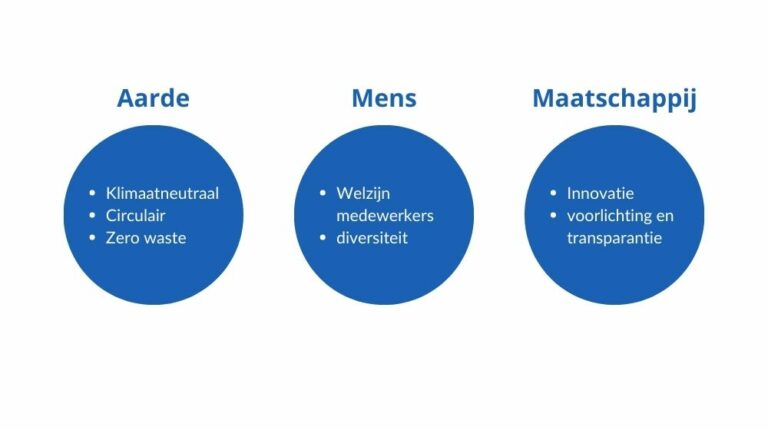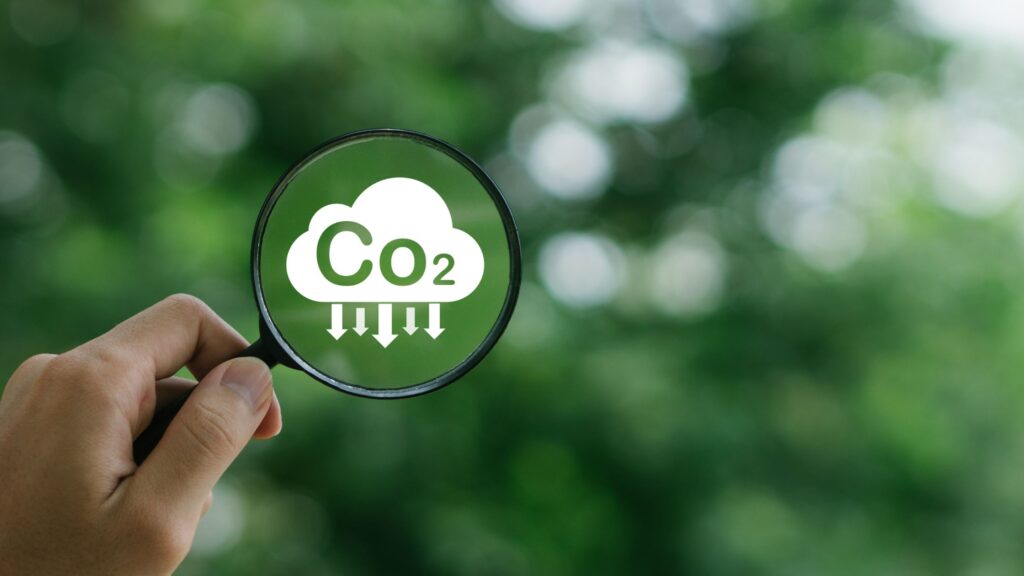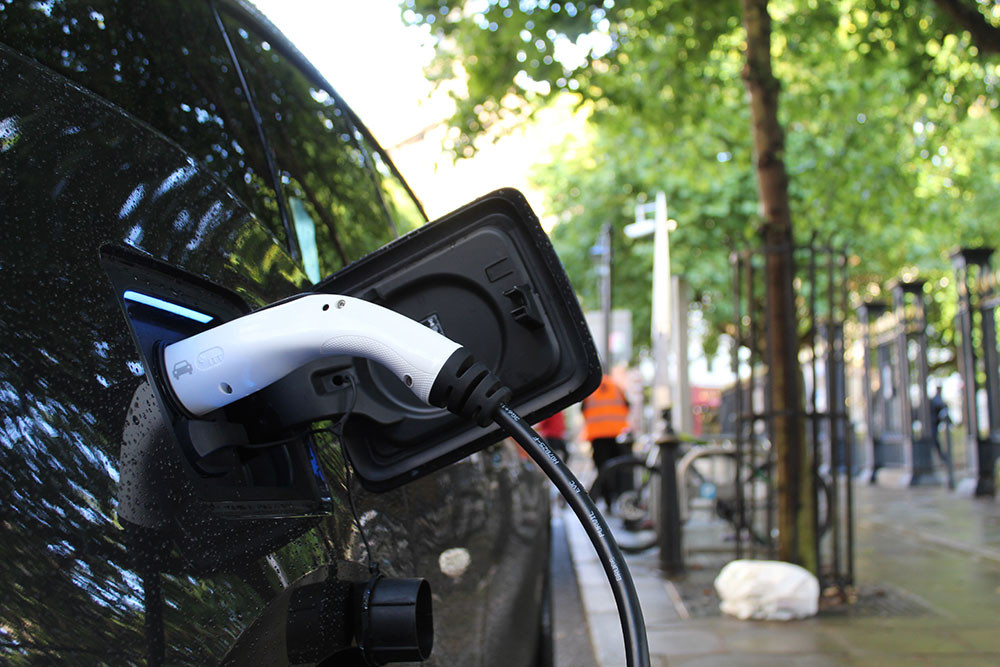Eco-positive, what is that anyway?

You often see the word pass by us: eco-positive. But what exactly does it mean and why do we use that very word? In this article, we would like to explain it to you. And we give tips on how to become eco-positive as a company.
Positive Impact
Being eco-positive means that you do more positive things for the planet (and everything that lives on it) than you do harm. If you are eco-positive as a person, you make sure that you are active in various areas of your life so as not to harm the planet, or you actively engage in all kinds of areas for sustainability. For instance, you can be active in your personal environment, at your children's school, at work or in a political party.
Research
Babette Porcelijn is the creator of this term and introduced it in her books "The hidden impact", "Eco-positive in 5 steps" and "The happy 2050 scenario". In her pursuit of safety, equality and therefore happiness for all, she wondered how we can achieve this. In addition, it fascinated her that we often focus on the wrong issues. For instance, as consumers, we focus on using plastic bags, but then go on to use paper bags, which have a much greater negative impact on the environment.
She decided to explore what has the greatest impact and how we can come together to create a better world so that we can make the right and best choices as human beings. In her books, she also shows the hidden environmental impact of certain choices. We often think about the CO2 emissions of a product, but we forget to consider the entire production process. And that is often precisely where a large part of the negative impact on the earth lies.
Personal impact areas
Sounds complicated perhaps, because how do you know what the hidden impact of a product is. And is the data reliable? Babette Porcelijn used several cases to calculate the impact of commonly used objects. Naturally, she checked this as extensively as possible for reliability.
In her books, she distinguishes a number of impact areas:
- Stuff and clothing
- Car and transport
- Food and drink
- Living
The best choices and how to make them as a consumer are detailed in her books. You can also visit my-impact.co.uk calculate your impact on the earth. This will give you immediate insight and concrete tips on how to become more sustainable.
An eco-positive organisation
As a company, you can also be eco-positive and engage in various areas to create a positive impact. Besides legal obligations to take care of a more sustainable world, you also have to deal with your stakeholders and customers. We see that many employees, current and future, require a sustainable organisation and that customers prefer to do business with a sustainable company. Future-proofing can be achieved by including eco-positive in your organisation's vision.
CO2 emissions
If your mission is to become an eco-positive organisation, then strive for CO2 positive. This means that you won't have any CO2 more emissions and even CO2 extracts from the environment. For this purpose, you will need to set up specific KPIs. How will you get there and what actions will you take to do so?
Eco-positive is not only CO2-positive, you also strive for happiness for your employees, stakeholders and customers. This includes how you treat your staff, but also that you give something back to society. You can achieve this by having employees perform voluntary activities during working hours or by donating all your profits to nature conservation. You can decide for yourself how you want to pursue this.
A useful tool for working towards eco-positive organisation are our Tools Footprint, Barometer and Dashboard in which you can record and monitor your ambitions. Make a start with the Footprint and Barometer so you have a clear baseline and monitor your progress with the Dashboard.
How do you become an eco-positive organisation?
As mentioned earlier, start by mapping where you are now and where you can make the most impact to achieve an eco-positive organisation. Consumer impact areas can also be used for an organisation. You can start looking at:
- Stuff and clothing / purchasing
- Car and transport / mobility
- Food and drink / catering
- Housing / building and housing
What is not included here is the people in and around the organisation. We have therefore made a different breakdown for organisations. These are shown below

In these three sections, you can indicate what is important to your organisation and what has the highest priority. Set KPIs can be placed in 1 of these 3 spheres. Here, you can put not only what you want to do, but also what impact you want to make.
Challenges
Converting your organisation to eco-positive will not always be easy, and it requires creativity and expertise. Consider, for example, calculating your CO2-emissions from the various impact areas and how you will change this to a positive impact. Don't hesitate to engage experts to specify your goals.
Another possible obstacle could be that all data will have to be collected from different divisions. You can make good use of our Footprint tool for this. Collecting the data with several colleagues creates a complete picture of the organisation's entire operations.
With this data, you have a starting point from which you can start working towards an eco-positive organisation.
Ready for take-off?
Our tip is to think big, but start with small steps. This way, you will not only be sustainable, but the process will also be sustainable and you will create a solid foundation for an eco-positive organisation. Do you dare to go eco-positive?
From April 2023, you can work with the SUB Platform to take your ambitions forward independently. Would you like to stay informed in advance? Then subscribe to our monthly newsletter at the bottom of this page.



